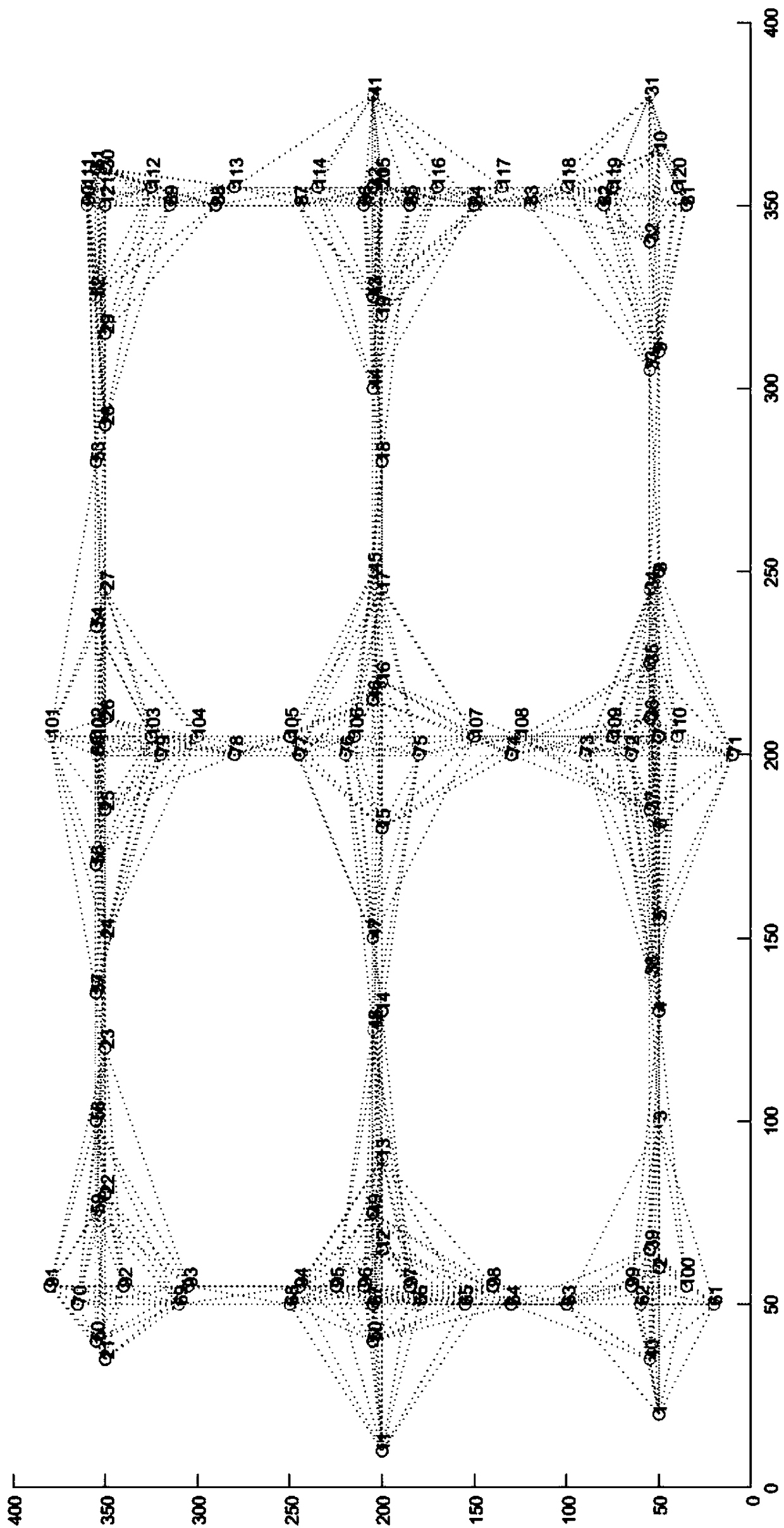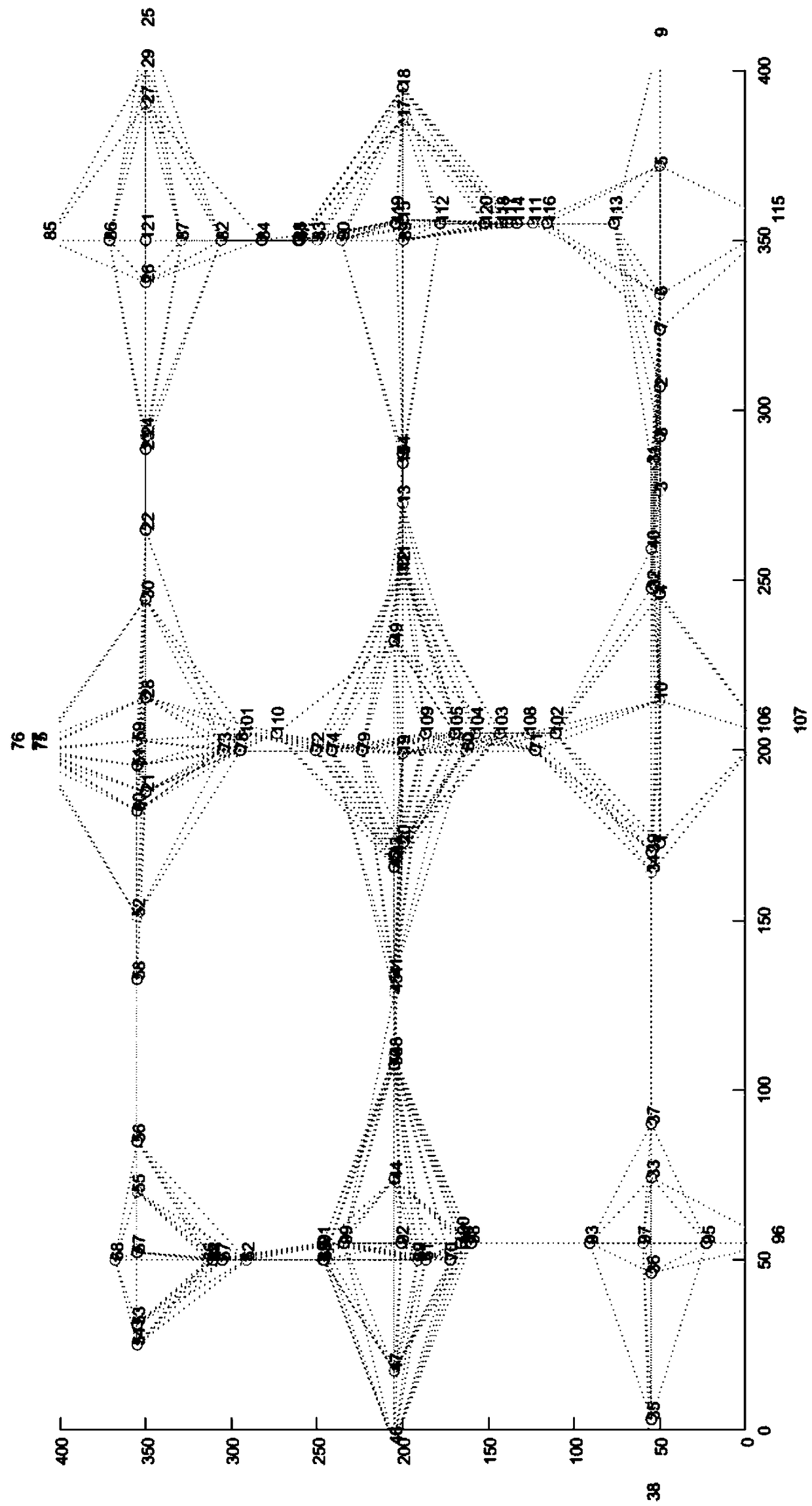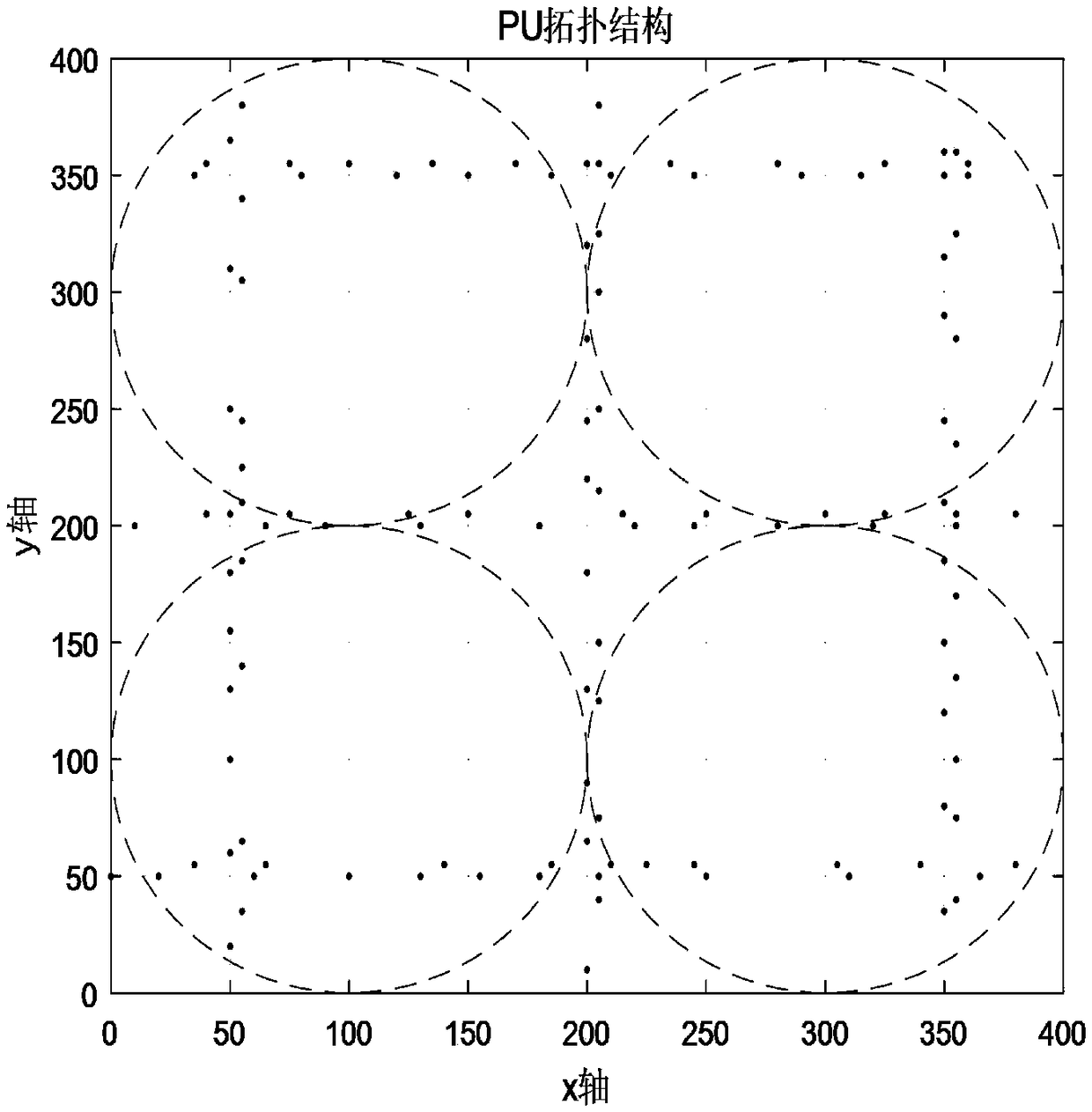Data transmission method based on vehicular self-organizing network routing protocol of receiving end
A data transmission method and a technology of a vehicle ad hoc network, which is applied in the field of data transmission of a vehicle ad hoc network routing protocol, can solve problems such as high signal failure probability, low routing efficiency, and large time delay, and achieve reduced retransmission and routing efficiency Improvement and low latency effect
- Summary
- Abstract
- Description
- Claims
- Application Information
AI Technical Summary
Problems solved by technology
Method used
Image
Examples
specific Embodiment approach 1
[0045] The data transmission method based on the VAN routing protocol of the receiving end in this embodiment is based on the data transmission method of the VAN routing protocol at the receiving end. The routing protocol takes the receiving end as the core; The radio technology adopts the means of spectrum sensing, so that the nodes within the coverage of the primary user have the opportunity to transmit the data packets to be transmitted in the network to the target node through a single hop or multiple hops through the channel in the idle state. The method is realized through the following steps:
[0046] Step 1. Establish a VANET motion network model; the vehicle nodes in the VANET motion network model are all equipped with wireless communication equipment, and they exist in a hybrid network structure, so each vehicle is both As a data node, it is also a routing node for other nodes;
[0047] Step 2, the receiving node i receives the broadcast preamble and data packet of ...
specific Embodiment approach 2
[0061] The difference from Embodiment 1 is that in the data transmission method based on the routing protocol of the VAN at the receiving end in this embodiment, during the receiving node i described in step 4 receiving the preamble information sent by the sending end, the receiving node i adopts The preamble information is listened to in the way of low-power interception.
specific Embodiment approach 3
[0062] The difference from Embodiment 1 or Embodiment 2 is that in this embodiment, the data transmission method based on the routing protocol of the VAN at the receiving end adopts the routing protocol of the receiving end feedback time, that is, Class A routing, for the transmission of delay-sensitive data packets. protocol.
PUM
 Login to View More
Login to View More Abstract
Description
Claims
Application Information
 Login to View More
Login to View More - R&D
- Intellectual Property
- Life Sciences
- Materials
- Tech Scout
- Unparalleled Data Quality
- Higher Quality Content
- 60% Fewer Hallucinations
Browse by: Latest US Patents, China's latest patents, Technical Efficacy Thesaurus, Application Domain, Technology Topic, Popular Technical Reports.
© 2025 PatSnap. All rights reserved.Legal|Privacy policy|Modern Slavery Act Transparency Statement|Sitemap|About US| Contact US: help@patsnap.com



